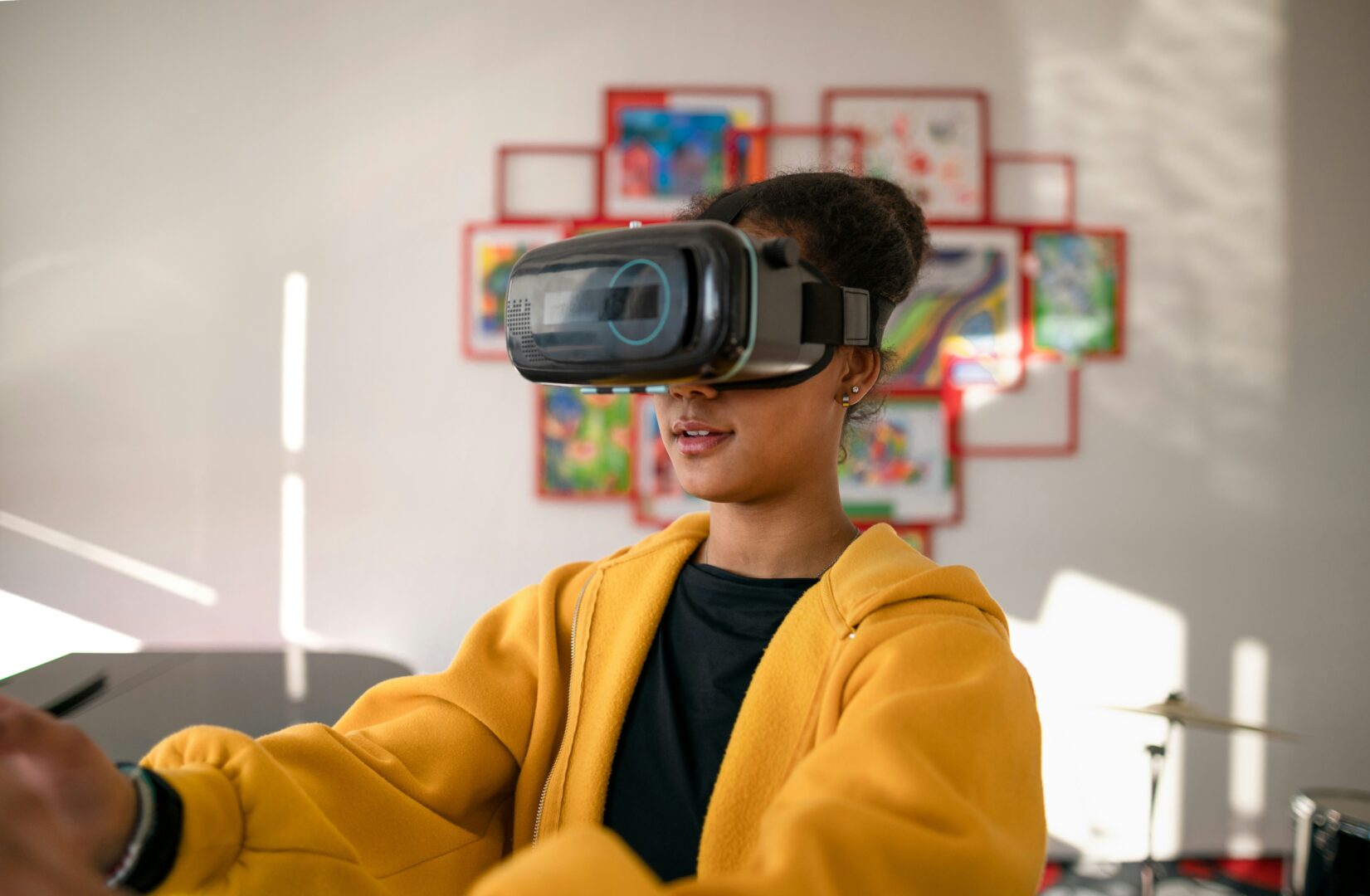Virtual Reality (VR) and Augmented Reality (AR) technology have dramatically evolved over the past decade. It has reached a point where technology is starting to benefit our everyday lives in more ways than one.
By now, most people have heard about cutting-edge wearable VR and AR devices, such as the Apple Vision Pro and Meta Quest Pro, VR concerts and VR games, and other trending VR innovations.
Instead of discussing what everyone already knows about, let’s dive straight in to discover more about three emerging VR innovations that not many people are talking about.
Industries Currently Using VR Technology
When most people today think about VR technology, they often think about VR games that can be played using wearable VR headsets.
The truth is that VR technology is now being used to further many other major industries, not just the digital entertainment sector, which includes playing online gaming and streaming online movies and television shows.
In fact, VR is also helping to shape more than 20 other major global industries, some of which include the following:
- Healthcare
- Automotive
- Tourism
- Fashion & Retail
- Real Estate, Interior Design, and Architecture
- iGaming sites that have online roulette games
- Education
Other major industries that have also realised the potential of virtual reality technology include art and design, recruitment, sports and sports development, conferences, events, virtual/digital meetings, and mental health, fitness, and well-being.
That’s not forgetting marketing, charity, social, recreation and entertainment, news and journalism, and law enforcement, to name a few.
Three VR Innovations Not Being Talked About
Three of the lesser-known VR innovations that hardly anyone is talking about but should be talking about are advanced wearable haptic gloves, VR medical devices, and VR concerts hosted by some of the planet’s biggest stars.
Haptic Gloves
Thanks to Haptic Gloves, VR users can do more than simply immerse themselves in the games and metaverses they explore. Users can now experience realistic touch in VR worlds.
Today’s most advanced haptic gloves are more lightweight and affordable than ever. They use microfluidic actuators across your fingers and palms, which provide users with superior tactile feedback and enhances the VR experience.
The technology physically displaces your skin, so when you touch a digital object in a virtual reality, those objects feel natural to the wearer. You can now feel the size and shape of objects more realistically than ever before, and there are sizes to suit almost everyone.
VR Medical Devices
The latest developments in this field enable medical professionals and surgeons to perform safer and more accurate operations and procedures. They also help train students to perform practice surgeries by training on virtual bodies.
VR Concerts
Thanks to virtual reality and live streaming capabilities, people can now watch and interact with their favourite solo artists and bands in digital environments like never before that use live-action projections and 360-degree videos.
There’s no limit to how many people can attend VR concerts, unlike the real thing, where only a specific number of tickets can be sold due to restrictions on venue capacity.
With VR concerts, people no longer need to travel great distances and can watch their favourite artists perform their hit songs, all from the comfort of their living rooms at home.
Over the past few years, some of the most notable VR concerts have been hosted by Travis Scott, Ariana Grande, Lil Nas, and KoRn, to name a few. VR events like this are changing the way people interact with music.
As VR technology becomes more mainstream and improves, new VR innovations continue to emerge. Although people may not be talking about some of these new innovations right now, they will gradually start getting noticed as they start to have more of an impact on our daily lives.

